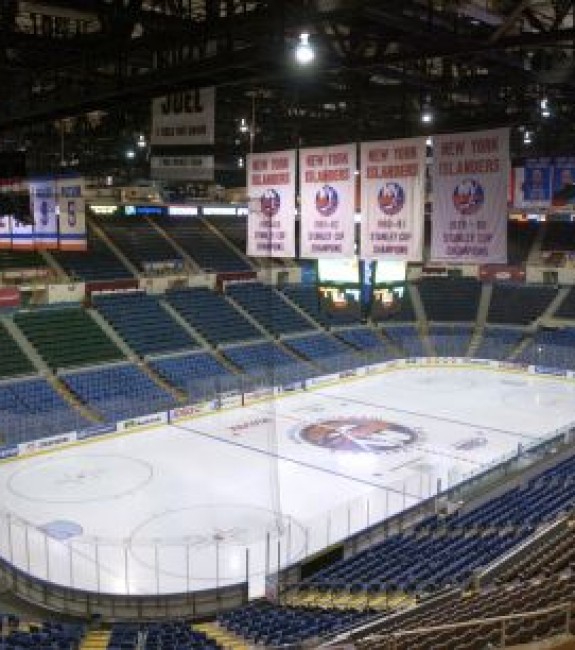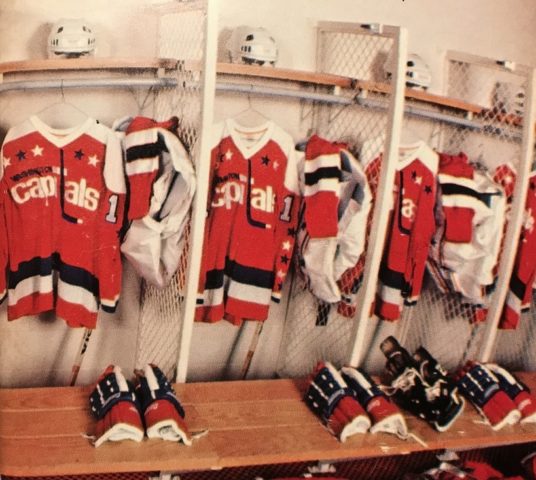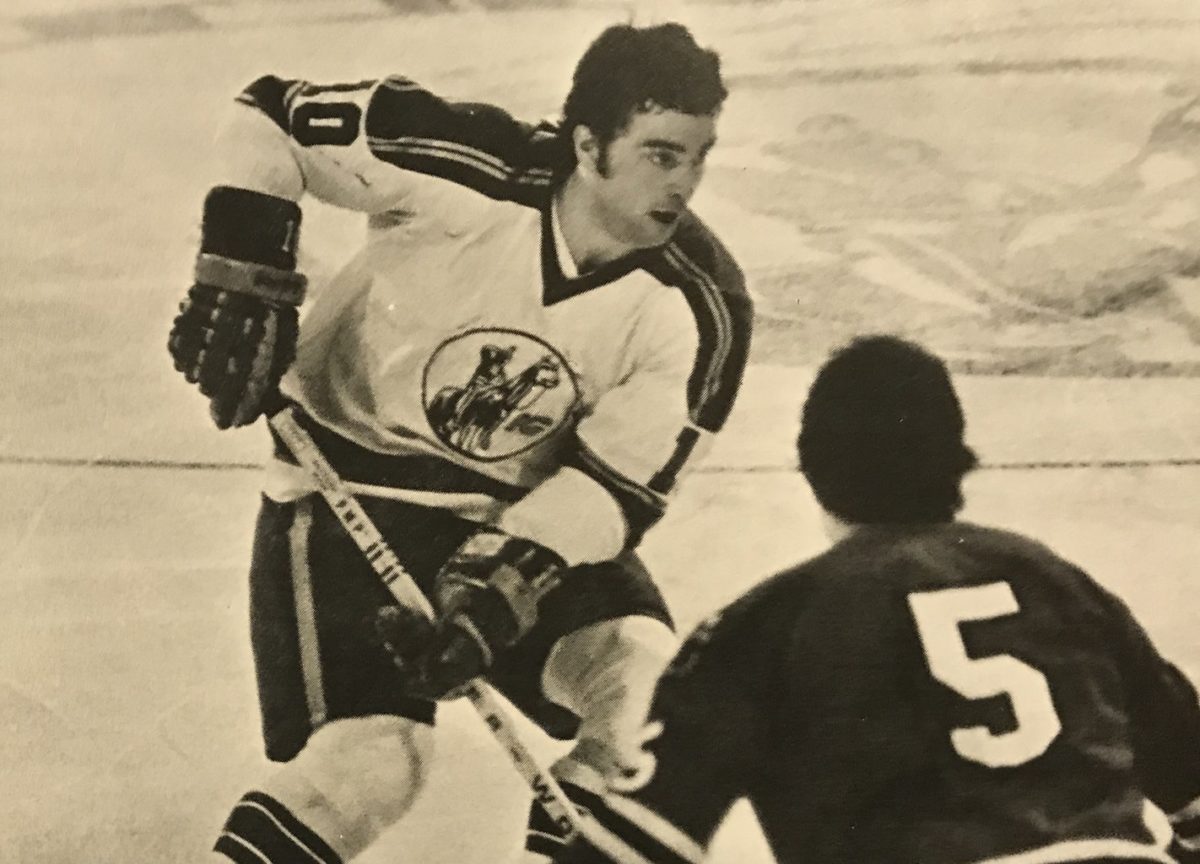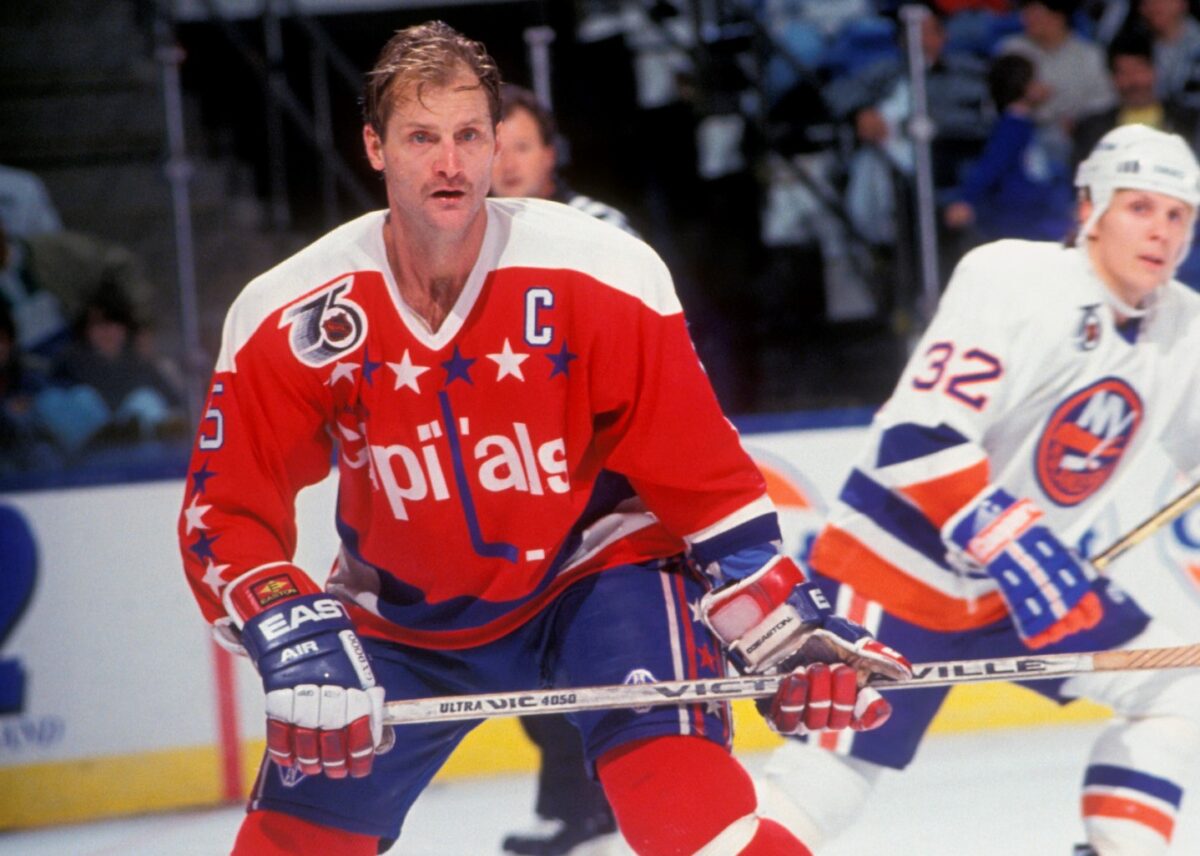While the Washington Capitals‘ 50th anniversary season is still a few seasons away, the team celebrated a major milestone this past week with the golden anniversary of the granting of a NHL franchise to Washington on June 8, 1972.
The hockey world was much different back in the early 1970s, as the league was undergoing a major transformation by attempting to go from a regional league to one with a much broader base across North America, with a rapid swell of teams that would see the NHL triple in size in just seven years. The NHL wasn’t the only league in town anymore, as the World Hockey Association (WHA) was ready to launch, and attempting to compete directly with the NHL by targeting players, and potential markets away from the more established league.

While the NHL was just a six-team league for decades, it went through a major transformation in 1967, doubling in size, and then underwent a series of additional two-team expansions in 1970 and then again in 1972, boosting the league to 16 teams as the owners considered another pair of teams as the league held meetings in Montreal in June of 1972.
The upstart WHA was set to launch in the fall of 1972, and that potential threat was certainly on the minds of owners during that meeting as they weighed another round of expansion even as the rosters of the New York Islanders and Atlanta Flames — two teams added just eight months earlier — were being stocked.
As the WHA was eyeing possible locations for franchises where the NHL might want to go — one of the places the WHA wanted to go was the new Nassau Coliseum on Long Island, but the Islanders franchise was granted in November 1971 to keep them out of the arena — they also were signing NHL players to contracts away from the league.
With that in mind, the NHL opted for a third round of smaller expansion for the 1974 season to bring the league to 18 teams, at a cost of $6 million.
Potential Road Blocks to a Washington Team
It also wouldn’t be a true Washington story without a little bit of red tape and political muscle surrounding the granting of the franchise. Ten groups put up bids for that round of expansion, with three representing the Kansas City area, which seemed to be assured of one of the two new teams.
Washington’s bid was put forth by Baltimore Bullets owner Abe Pollin, as he hoped to put a team in what he hoped would be a new 16,000-seat arena in Prince George’s County along the Capital Beltway in Largo and that he could construct quickly, that he could move the NBA team from Baltimore and add the NHL franchise for the 1974-75 season.

Others had different plans for the potential home for the team, including Hugh Scott (R-Pa.), Senate minority leader at the time. Scott sent a telegram to the NHL hoping to delay the decision to potentially allow Congress to pass a bill authorizing the construction of an arena at the proposed Eisenhower Center, which would have been adjacent to Union Station in downtown Washington.
The decision would have had ramifications for Pollin’s bid for the team, as had the Eisenhower Center proposal gotten approval, it would likely spur another bid from the area for a franchise for that particular arena, and also likely would have delayed the arrival of the team in Washington since two years would have been a very tight schedule to get a downtown arena built.
Pollin clearly preferred the Largo site, which would have allowed him quick construction without the slow pace of the government approval with him needing a home for his NBA team as soon as possible and potentially an NHL team by 1974.
“I do not believe that an arena will be built in downtown Washington,” Pollin told the Baltimore Sun just before the vote. “I feel our bid for the franchise in the Prince George’s area is the most feasible and most productive for the NHL…. I believe this is the best possible area if the National Hockey League wants to include Washington in its membership.” (from ‘Pollin’s Hockey Plan Hits Snag,’ Baltimore Sun, June 8, 1972)
Pollin’s bid also potentially could have been short lived, not only if Congress had passed the Eisenhower Center, but also potential competition with a proposed Baltimore sports complex in Camden, leading to the possibility of a team in another part of Maryland.
Washington, Kansas City Granted Franchises
Despite the posturing over the proposed arena in downtown Washington, Pollin was granted one of the two teams, along with one of the bidders from Kansas City. Two groups from Kansas City and bids from Cincinnati, Cleveland, Dallas, Indianapolis, Phoenix and San Diego were passed over, but there was talk of expanding to 24 teams by the end of the decade to placate the other bidders.

One advantage the Pollin bid had over some of the others was being based in the nation’s capital and the political clout behind it, as New York Rangers president William Jennings, Minnesota North Stars governor Walter Bush and even NHL President Clarence Campbell all told the Canadian Press after the vote they had gotten support for Pollin’s bid from politicians in Washington, especially with an antitrust issue with the WHA still to be determined.
After being awarded the franchise, Pollin said he would see if he could work out a deal for the Eisenhower Center arena with Congress within 90 days, and if not, he would go ahead and build his arena in Largo.
By August, Pollin had decided the downtown proposal and its variants wouldn’t be feasible to construct a new arena in time for the 1974-75 NHL season, and so construction began on what would become the Capital Centre later that month. The Capital Centre was opened in Dec. 1973 after just 15 months of construction, and the new expansion Capitals played in the arena starting in fall of 1974.
Related: Today in Hockey History: May 30
At the time, the arena was state-of-the-art, even featuring the “Telscreen,” which was four video screens placed above the scoreboard hung above center ice, the first of its kind in the NHL. The video replays were a new concept at the time as other buildings had simpler scoreboards without any graphic elements, leaving players watching up at the screen.
Capitals Head Downtown 25 Years Later
However, the dream of an arena in downtown Washington wasn’t gone for long, as Pollin himself got a deal to build a new home in the District of Columbia for his two teams in 1995. The new MCI Arena was opened in 1997, 25 years after the original franchise was granted, and sat just a couple of blocks west of the original Eisenhower Center proposal.
While Washington wasn’t the slam dunk of Kansas City’s bid, the Kansas City Scouts proved to be short lived, lasting just two seasons in the market before moving. The team became the Colorado Rockies in 1976, but they also struggled, and eventually moved to New Jersey in 1982. However, there were rumors the two franchises would merge as the “Save the Caps” campaign looked to keep the team in Washington that summer.

Washington, with a quickly evaporating talent pool with rapid NHL expansion and the WHA draining players as well, had a miserable expansion season, setting an NHL mark for futility with just 21 points in 80 games, still a league record. The expansion Caps went winless in their first 37 road games, and posted just an 8-67-5 mark.
The Capitals struggled on the ice in their first eight seasons, failing to make the playoffs, even with 16 of 21 teams making the cut by 1980, and ticket sales slumped with the team’s struggles. But the 1982 ticket drive helped shore up attendance, and a trade for Rod Langway helped boost the Capitals to their first playoff berth that next season, and they wouldn’t miss the playoffs again until 1996-97.
The NHL’s 24-team plan didn’t come to fruition until much later, as there was no more straight expansion until the San Jose Sharks were added in 1991, with the NHL getting to 21 teams in 1979 as four WHA teams — the Edmonton Oilers, Hartford Whalers, Quebec Nordiques and Winnipeg Jets — were admitted to the NHL. The NHL finally reached the 24-team mark in 1992, when the Ottawa Senators and Tampa Bay Lightning began play.
Of the bidders who didn’t make the cut in 1972, Dallas and Phoenix eventually got NHL franchise through relocation, while Cleveland and San Diego have American Hockey League franchises, and Cincinnati and Indianapolis got WHA teams and eventually other minor-league teams when the league folded in 1979.
But the Capitals franchise began during a much different time for the NHL, and one where the team was initially hamstrung with the rapid expansion and drain of talent from the WHA. Washington struggled on the ice in its first eight seasons, but the 1982 events helped turn the team around and cemented its place in the city’s sports landscape.
The landscape has changed dramatically since then, with the Capitals being a Stanley Cup contender for long stretches after 1982, reaching the Wales Conference Final in 1990, the Stanley Cup Final in 1998 and finally capturing the elusive trophy in 2018.
That $6 million investment into an expansion franchise in 1972 became a franchise valued at $930 million 50 years later by Forbes, 11th in the NHL and now is the city’s top sports draw ticket-wise with regular sellouts at now-Capital One Arena. But that road began 50 years ago, with a team with an unspecified home in a rapidly changing environment.